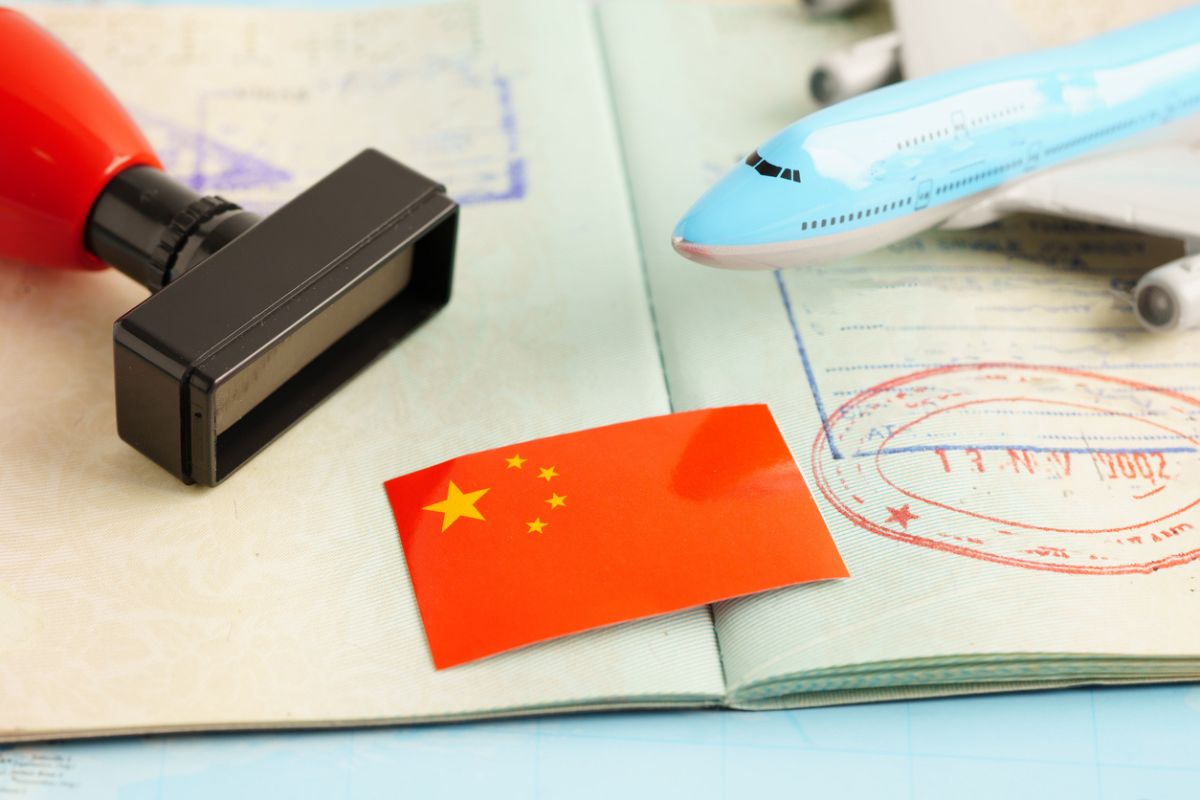After extending visa-free travel for 45 countries, China is now making it easier for foreign travellers to enter the country. The government is now all set to roll out a new Digital Arrival Card system starting November 20, 2025.
How China’s New Digital Arrival Card Works
All foreign travellers to China, whether they need a visa or not, can now fill in their entry details online before their trip. Travellers have an option to apply Digital Arrival Card through:
- National Immigration Administration (NIA) Website
- NIA 12367 App
- Mini Programs on WeChat and Alipay
If you forget to complete the process before your flight, don’t worry. You can still complete it after landing by scanning a QR code or using a self-service kiosk at the airport.
It is worth noting that the old method of using paper forms for the arrival card will also be available at the airports for a short transition period.
By launching a digital arrival card for international travellers, China joins other Asian countries, such as India, Indonesia, and South Korea, which have already digitised their arrival cards.
Who Does Not Need to Fill the Digital Form
According to the NIA, seven groups of travellers will not need to complete the new digital arrival card. These include:
- Foreigners holding a Chinese Permanent Resident ID
- Hong Kong and Macao residents with a Mainland Travel Permit
- Group travellers entering under a collective visa or visa-free group
- Transit passengers who don’t leave the airport
- Cruise passengers entering and leaving on the same ship
- Travellers using fast-track lanes
- Foreign crew members of international transport vehicles
New Visa and Transit Changes
The launch of this digital card is part of ten new measures China has announced to simplify travel and support its policy of opening up to the world. Several focus on improving visa and entry rules.
24‑Hour Visa‑Free Transit Expanded
Starting November 5, 2025, China’s 24‑hour visa‑free transit policy will apply to ten more international airports, including:
- Tianjin
- Dalian
- Nanjing
- Fuzhou
- Qingdao
- Wuhan
- Nanning
- Haikou
- Chongqing
- Kunming
Travellers heading to a third country can transfer at these airports without going through immigration, as long as they stay inside the terminal.
240‑Hour Visa‑Free Transit Reaches More Ports
China has also added five more ports in Guangdong Province to its 240‑hour (10‑day) visa‑free transit program, increasing the total to 65 ports across 24 provinces.
Travellers from 55 countries can now enter through select ports and stay for up to 10 days for tourism, business, or family visits. The new ports include:
- Guangzhou Pazhou Ferry Terminal
- Hengqin Port
- Hong Kong‑Zhuhai‑Macao Bridge Port
- Zhongshan Passenger Port
- West Kowloon Station Port of the Guangzhou‑Shenzhen‑Hong Kong high‑speed rail.
Easier Family Visit Visa Renewals
In another major update, residents of mainland China visiting Hong Kong or Macao for family reasons can now renew their travel permits directly at China Travel Service offices in those regions, instead of going back to the mainland.
Final Thoughts
These changes show China’s continued push to simplify entry for foreign visitors and business travellers. The digital arrival card and expanded visa-free options make travel smoother and align China with global travel standards.
In short, entering China for international travellers is about to become more digital, faster, and easier.
Follow and connect with us on Facebook, Twitter, LinkedIn, Instagram and Google News for the latest travel news and updates!
